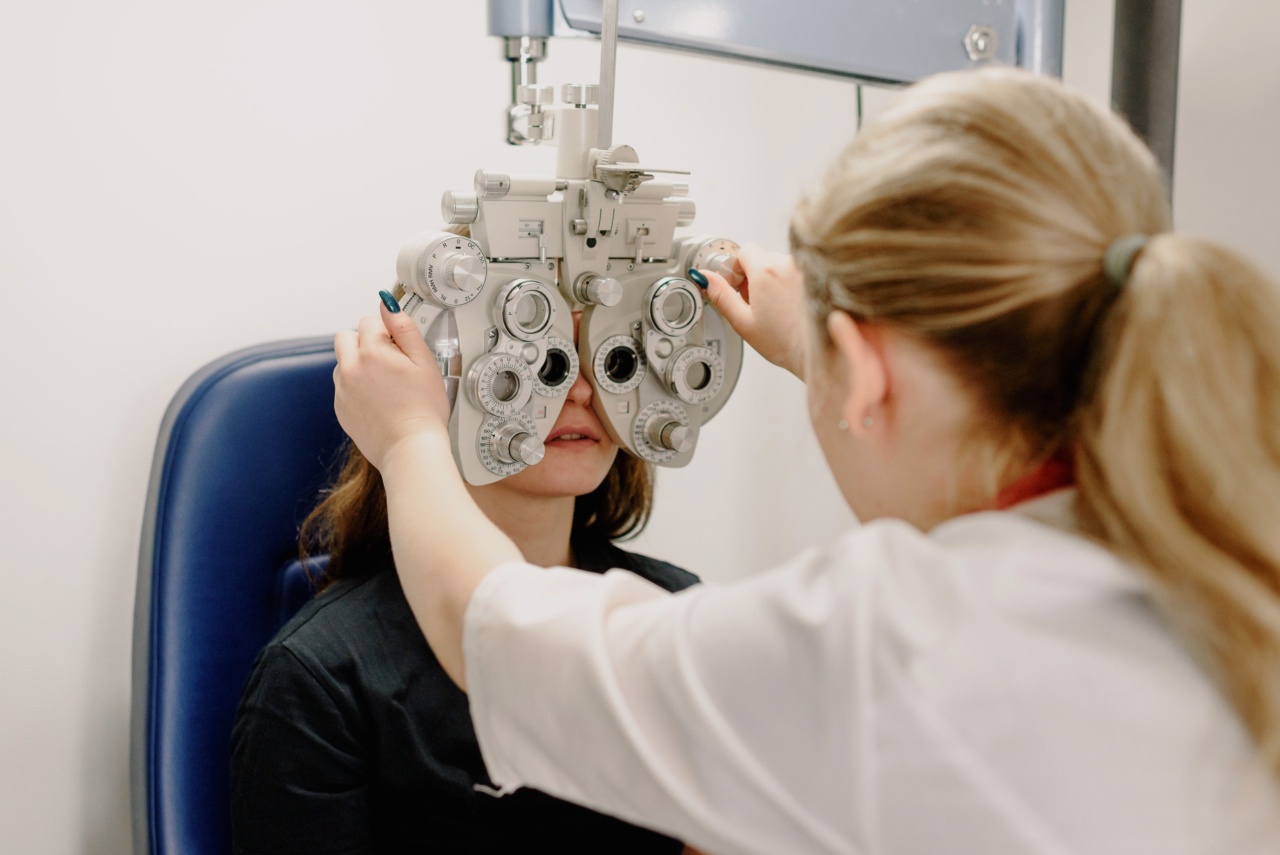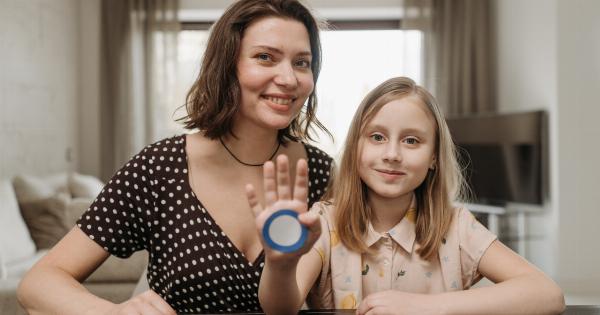Wounds can be a major health concern for many individuals, especially those with chronic conditions that affect the healing process.
Thankfully, advances in technology have led to the development of new and innovative ways to help expedite the healing process. One such innovation is the use of wearable devices that can help heal wounds in a revolutionary way.
What is a wearable device for wound healing?
A wearable device for wound healing is a device that is worn on the body and helps to facilitate the healing process of wounds.
These devices come in a variety of forms, such as bandages, sleeves, or gloves, and they work by using a combination of heat, pressure, and vibration to promote blood flow and encourage the growth of new tissue.
How does it work?
Wearable devices for wound healing work by using a combination of heat, pressure, and vibration. The heat helps to increase blood flow to the affected area, which helps to bring oxygen and nutrients to the wound to aid in healing.
The pressure helps to compress the wound, which can help to reduce swelling and pain. Finally, the vibration helps to stimulate the growth of new tissue, which can help to speed up the healing process.
Benefits of a wearable device for wound healing
There are several benefits to using a wearable device for wound healing. For one, these devices can help to speed up the healing process, which can reduce the amount of time that a person has to deal with a wound.
Additionally, these devices can help to reduce pain and swelling, which can make it easier for individuals to go about their daily lives.
Types of wearable devices for wound healing
There are several different types of wearable devices for wound healing, each of which has its own unique set of benefits. Some of the most common types of wearable devices for wound healing include:.
1. Compression sleeves
Compression sleeves are a type of wearable device that can be used to help with wound healing. These sleeves work by applying pressure to the affected area, which helps to reduce swelling and promote blood flow.
They are commonly used for wounds on the arms and legs, such as those caused by venous insufficiency or injuries.
2. Smart bandages
Smart bandages are another type of wearable device that can be used to help with wound healing. These bandages are equipped with sensors that can detect changes in temperature, moisture, and pH levels.
This information can then be used to help monitor the wound and make adjustments to the treatment plan as needed.
3. Vibration therapy gloves
Vibration therapy gloves are a type of wearable device that can be used to help with wound healing in the hands. These gloves work by using vibration to stimulate the growth of new tissue and promote blood flow to the affected area.
They are commonly used for wounds caused by conditions such as arthritis or carpal tunnel syndrome.
4. Pressure garments
Pressure garments are a type of wearable device that can be used to help with wound healing on various parts of the body. These garments apply pressure to the affected area, which helps to reduce swelling and promote blood flow.
They are commonly used for wounds caused by burns or surgery.
5. Infrared therapy
Infrared therapy is a type of wearable device that can be used to help with wound healing. This therapy uses infrared light to penetrate the skin and stimulate the growth of new tissue.
It is commonly used for wounds on the legs, such as those caused by diabetic ulcers.
Conclusion
Wearable devices for wound healing are a revolutionary new technology that can help to speed up the healing process and reduce pain and swelling.
There are several different types of wearable devices available, each of which has its own unique set of benefits. If you are dealing with a chronic wound, it may be worth considering this innovative new technology.





























